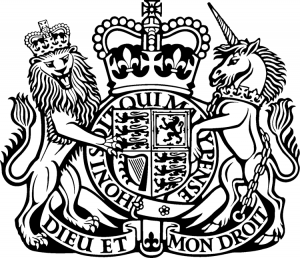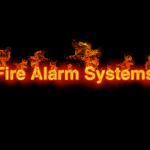The proposed Fire Safety Bill is intended to make sure that residents of high rise buildings feel safer in their homes by significantly reducing fire risks.
The Bill was specifically crafted as a response to the Grenfell Tower tragedy to keep such an event from ever happening again.
The main aim of the Bill is to minimise fire risks by ensuring that they are properly managed.
Once it successfully goes through all parliamentary stages and the Bill comes into force, it is expected to be referred to as the Fire Safety Act of 2020, and will be an amendment to the The Regulatory Reform (Fire Safety) Order 2005.
Contents
How Will The Fire Safety Bill Amend The Fire Safety Order 2005?
 Multi-occupied domestic residential properties, which include blocks of flats, will be covered by the provisions of the Fire Safety Order 2005, once the Bill comes into force. The responsible person or duty-holder will be required to consider the following factors as they aim to reduce and manage the risk of fire in such properties:
Multi-occupied domestic residential properties, which include blocks of flats, will be covered by the provisions of the Fire Safety Order 2005, once the Bill comes into force. The responsible person or duty-holder will be required to consider the following factors as they aim to reduce and manage the risk of fire in such properties:
- The structure and external walls of the building, including cladding, balconies and windows
- Entrance doors to individual flats that open into common parts
With this clarification in place, building owners will be held accountable for not complying with the necessary fire safety guidelines by fire and rescue authorities, who will now have enforcement powers, once this Bill passes.
Our External Wall Services
EWS1 External Wall Fire Review Surveys
Cladding Inspection
Our Fire Door Services
Fire Door Inspection
Fire Door Installation and Maintenance
Further Legislation
This new Bill also provides the necessary foundation needed to create further legislation based on the recommendations on new responsibilities for duty holders as identified in the first phase of the Grenfell Tower inquiry. These new responsibilities include:
- Regular inspections of lifts and the reporting of results to the local fire and rescue services
- Ensuring evacuation plans are reviewed and regularly updated and personal evacuation plans are in place for residents whose ability to evacuate may be compromised
- Ensuring fire safety instructions are provided to residents in a form that they can reasonably be expected to understand
- Ensuring individual flat entrance doors, where the external walls of the building have unsafe cladding, comply with current standards
 It has also been identified that the government should be in a position to respond swiftly to developments in the design and construction of building structures. The powers to change the list of buildings that fall under the scope of the Fire Safety Order using secondary legislation are granted to the Secretary of State for Housing, Communities and Local Government, under this Bill.
It has also been identified that the government should be in a position to respond swiftly to developments in the design and construction of building structures. The powers to change the list of buildings that fall under the scope of the Fire Safety Order using secondary legislation are granted to the Secretary of State for Housing, Communities and Local Government, under this Bill.
During the discussion of the Bill by MPs – during its second reading in Parliament – earlier in the year, Security Minister James Brokenshire made a few comments on what it would take to ensure compliance.
With regard to compliance with the Bill’s provisions, the Minister noted, specialist knowledge and the expertise of the fire risk assessor would be required.
For multi-occupied residential building owners conducting a fire risk assessment in accordance with the Fire Safety Order 2005, the Minister urged them to do so as a matter of good practice to consider flat entrance doors and external wall systems as part of their fire risk assessment as soon as possible, if they have not already done so.
While the Bill is still making its way through various stages in Parliament, it is clear that its main objective is to use what was learnt through the Grenfell tragedy. It will clarify the responsibilities of duty holders when it comes to minimising and preventing fire risks in multi-occupied residential properties, in a bid to protect and reassure residents of their safety.




